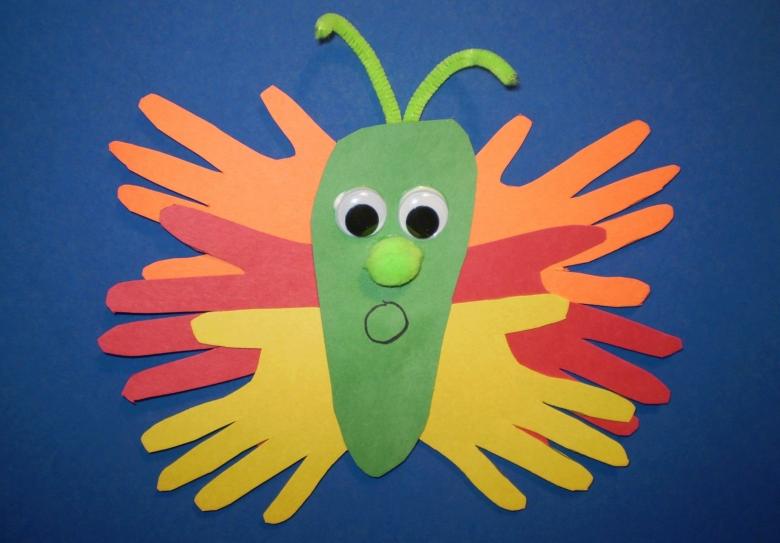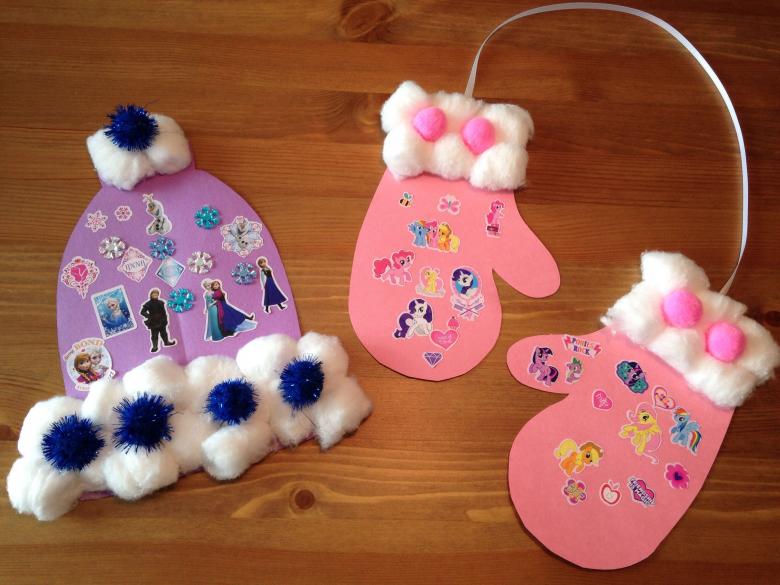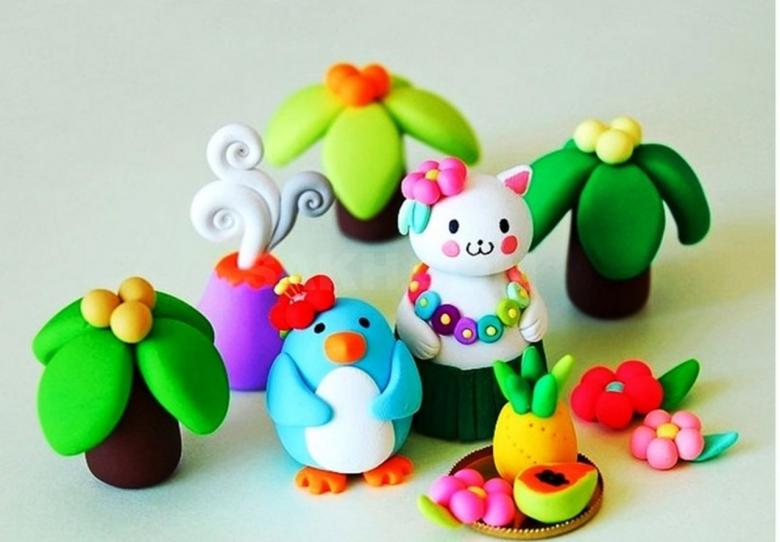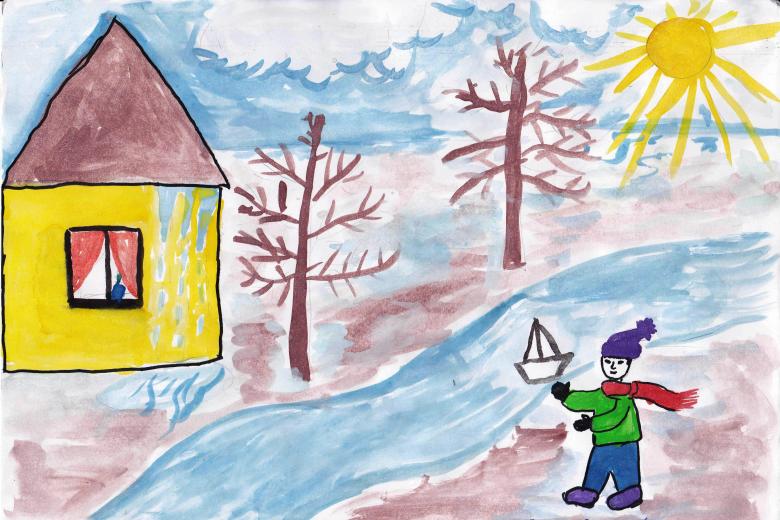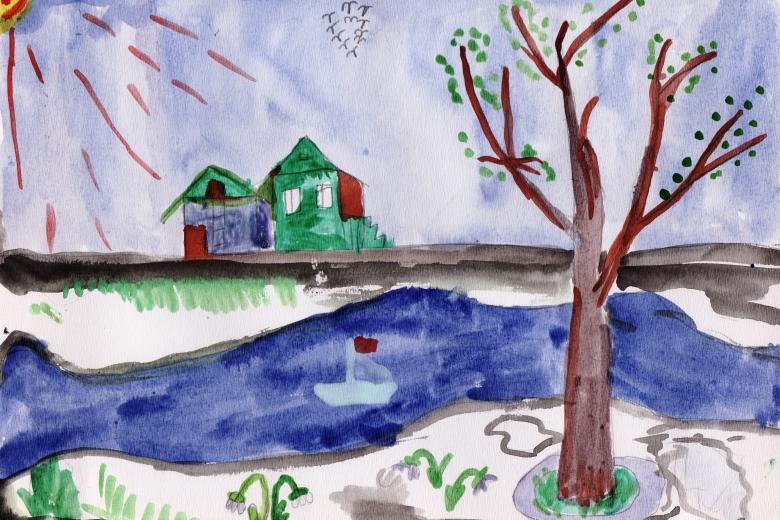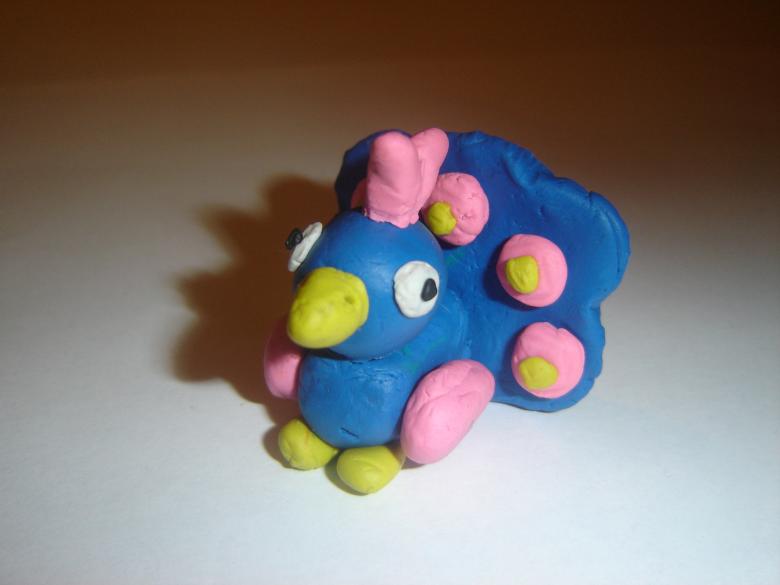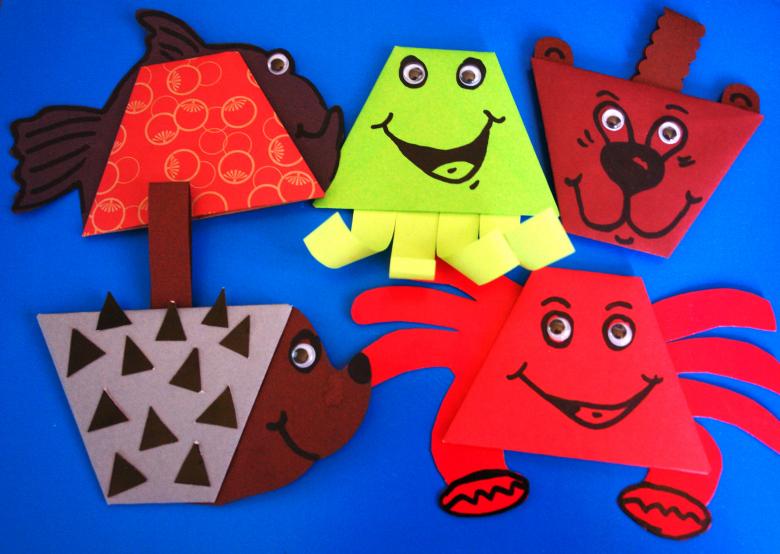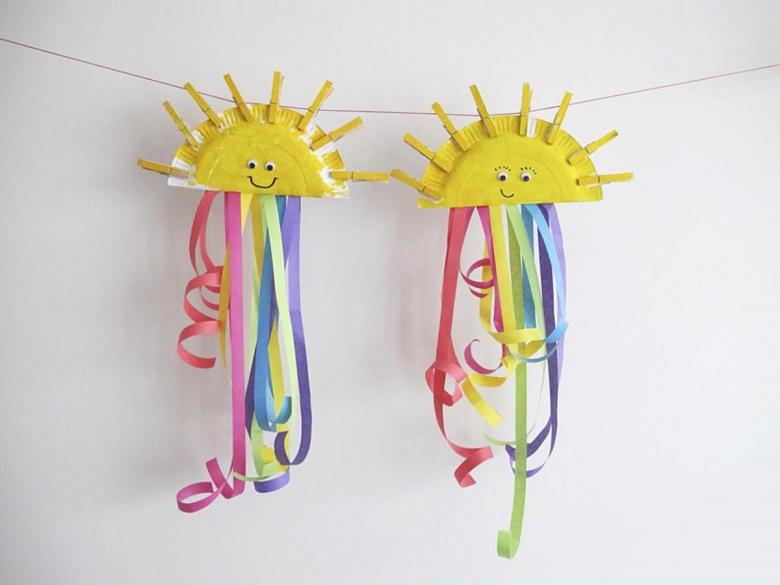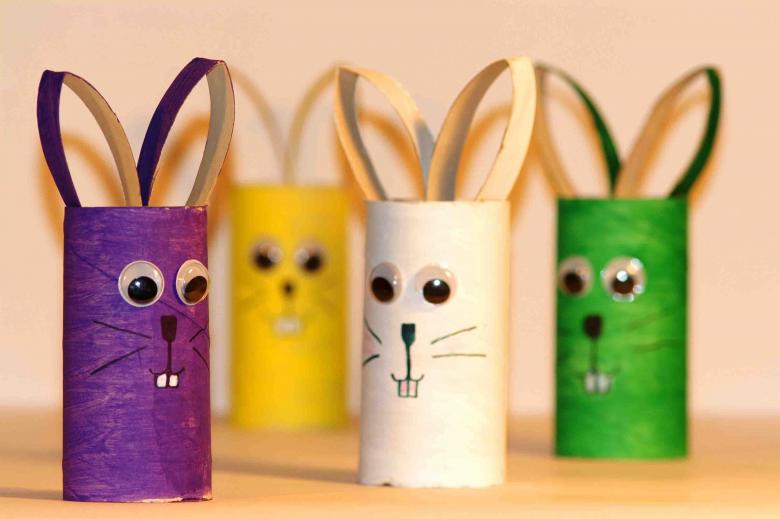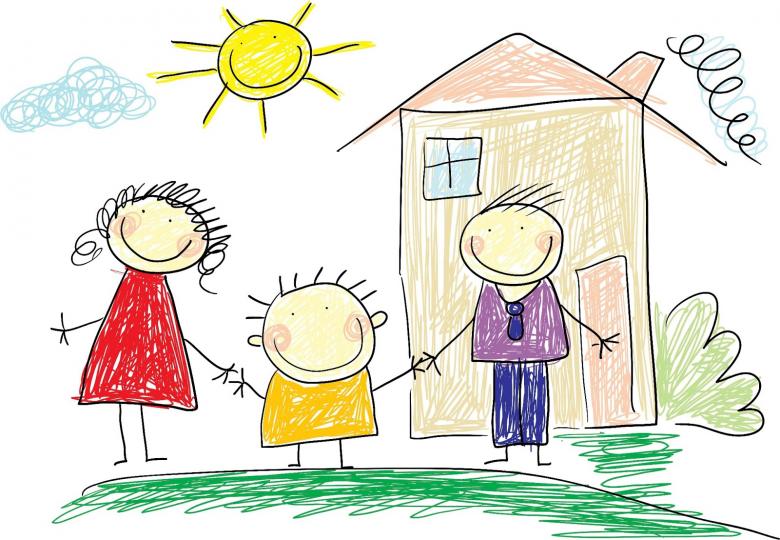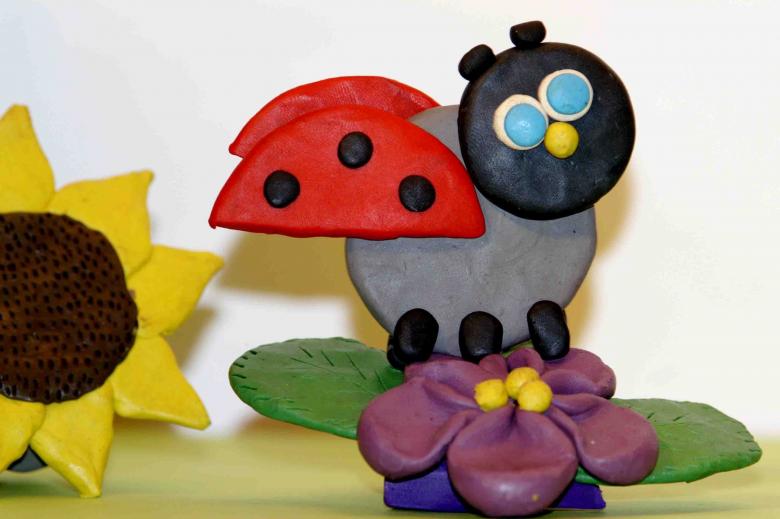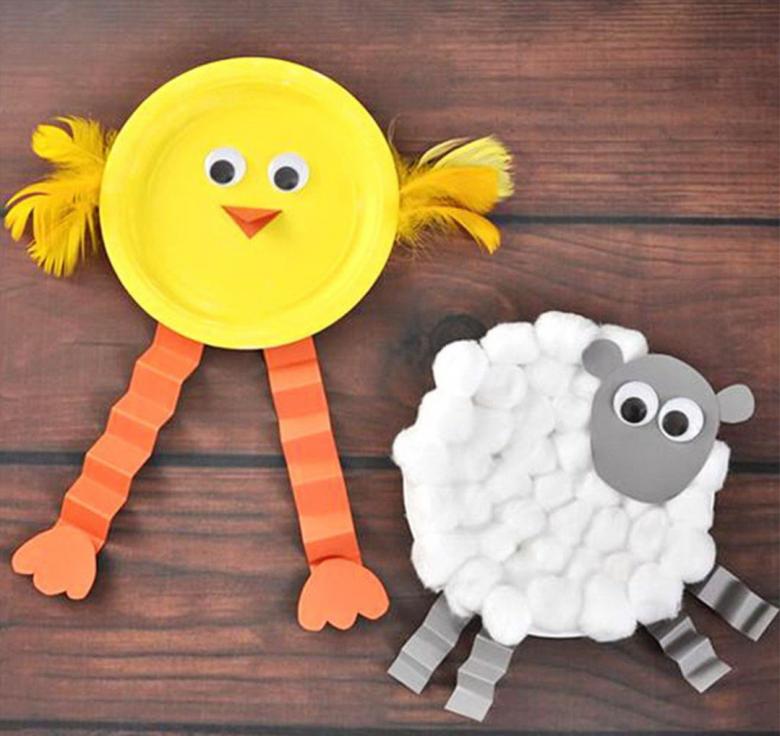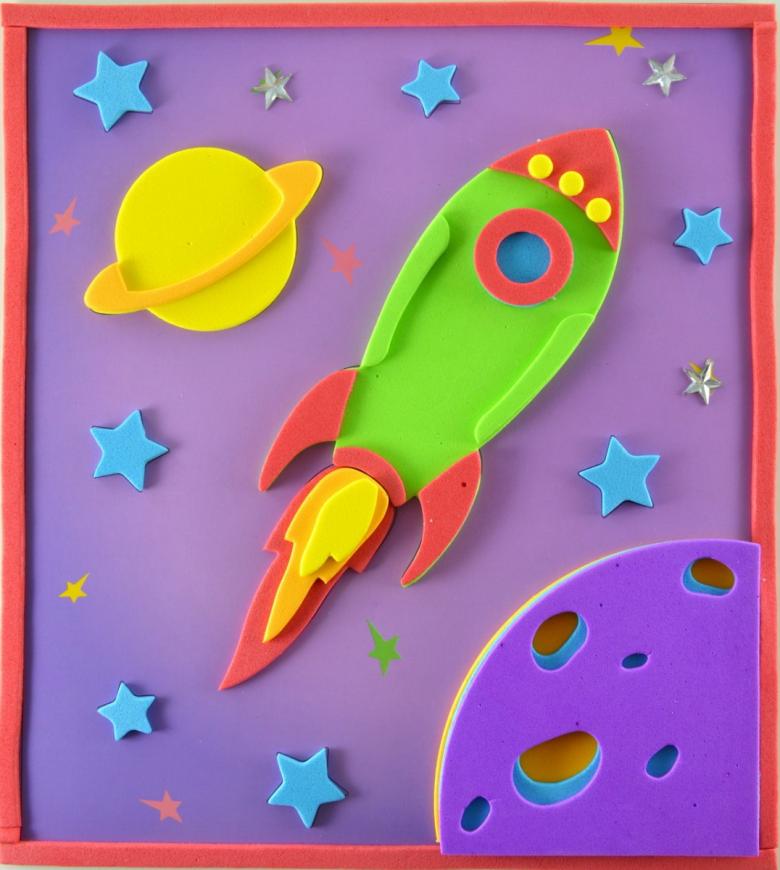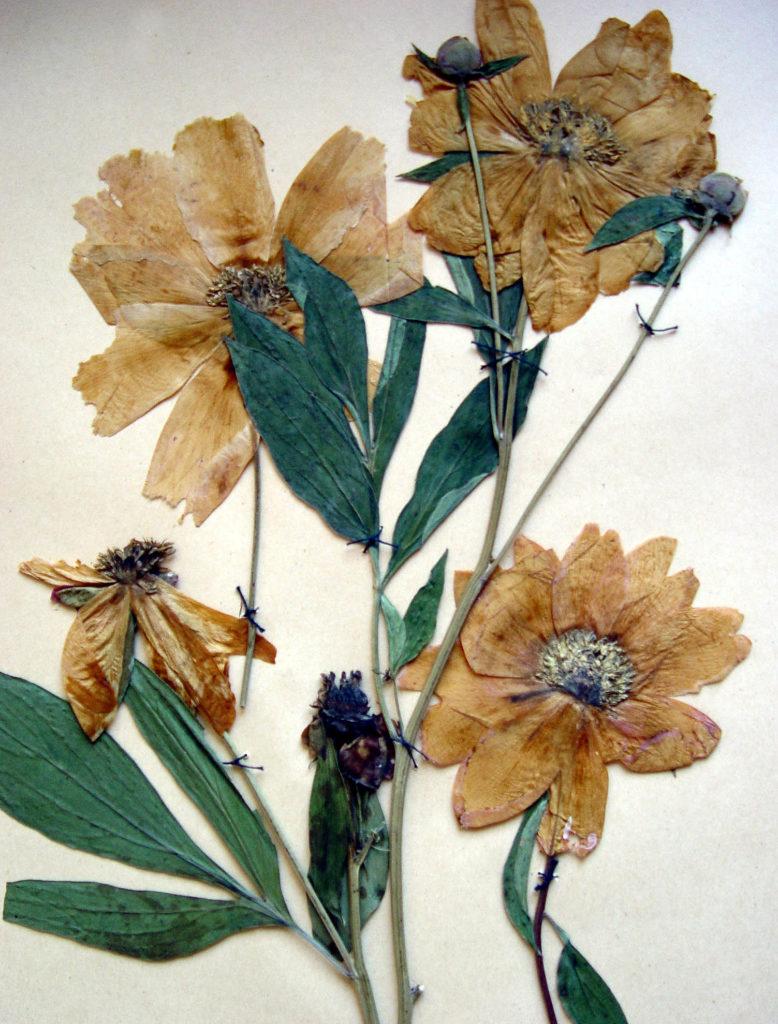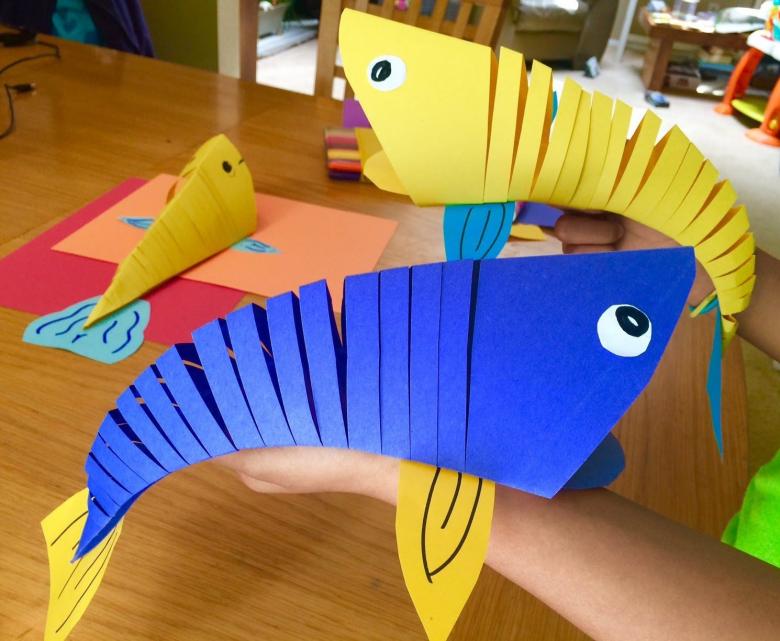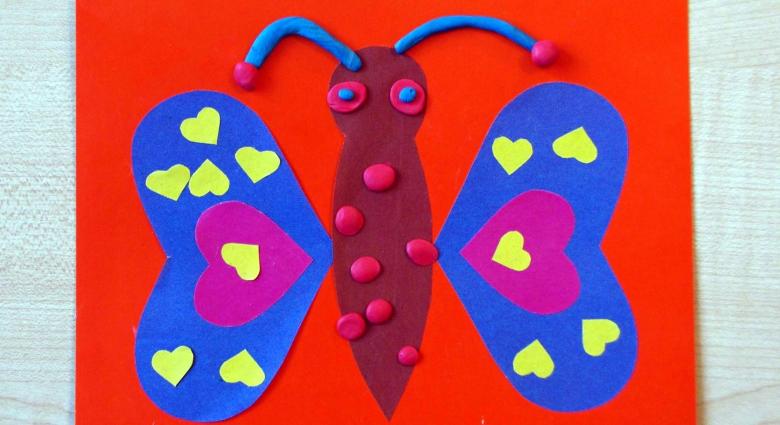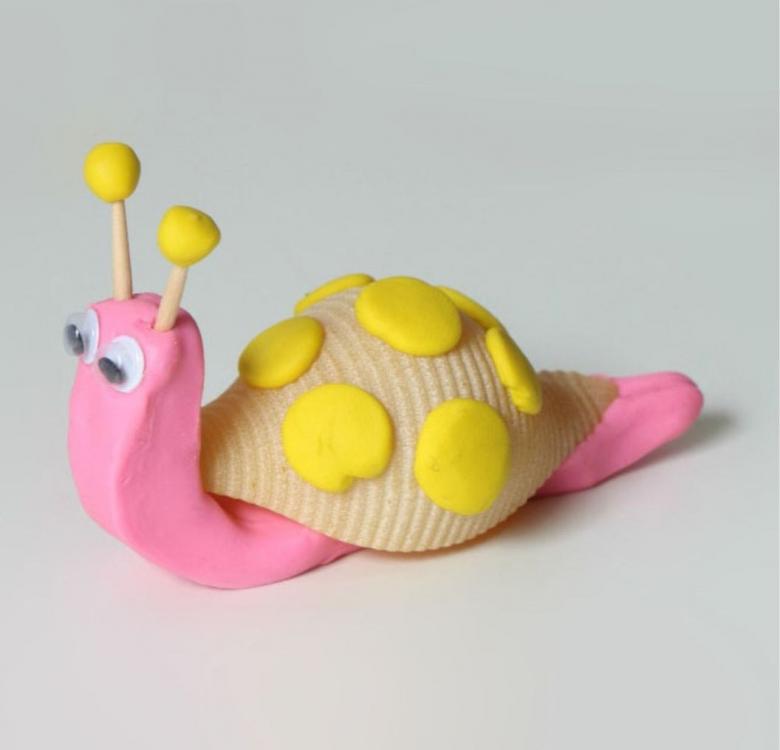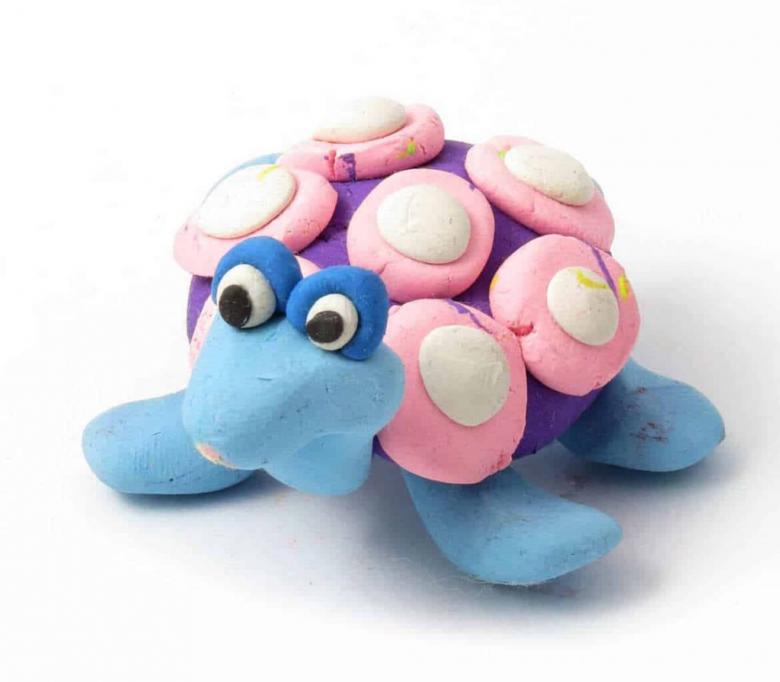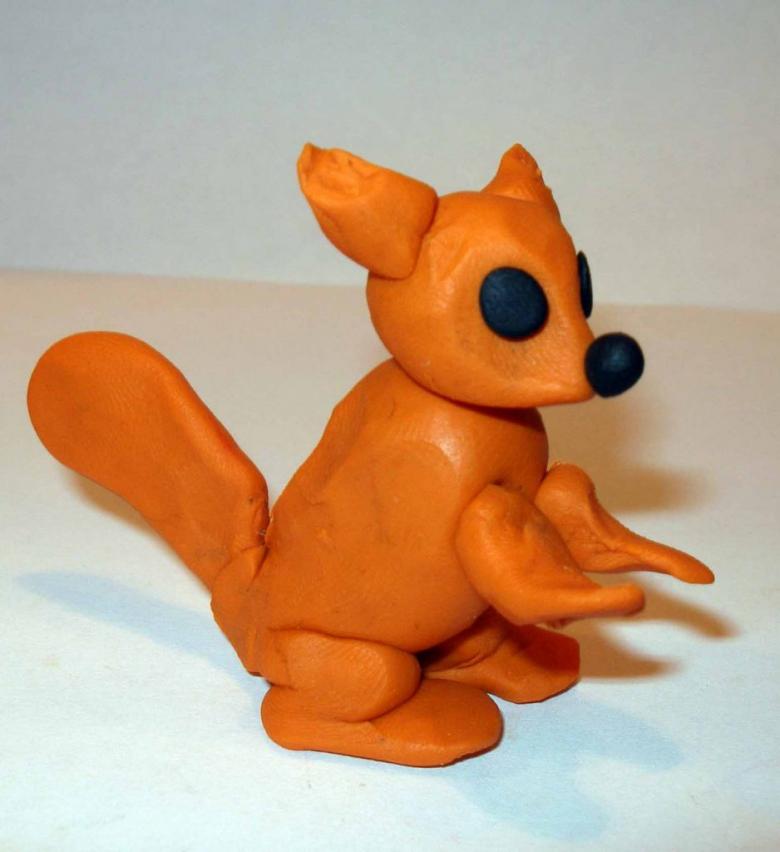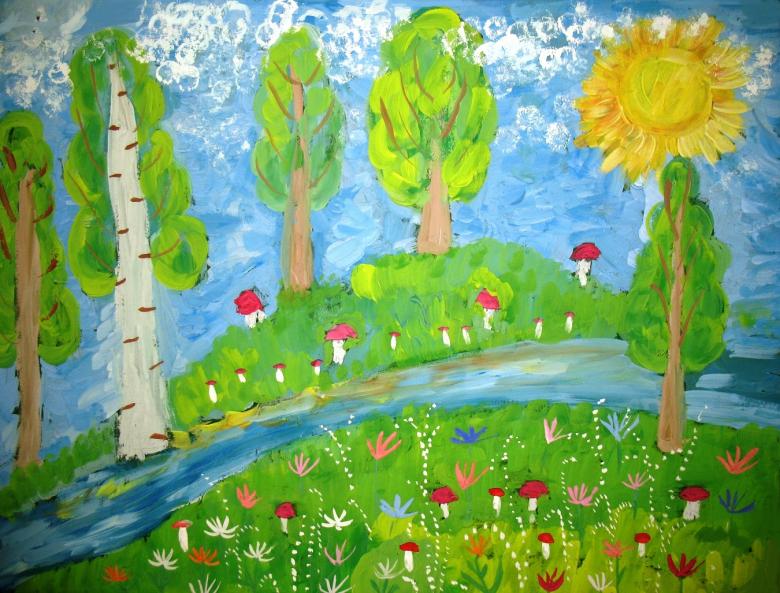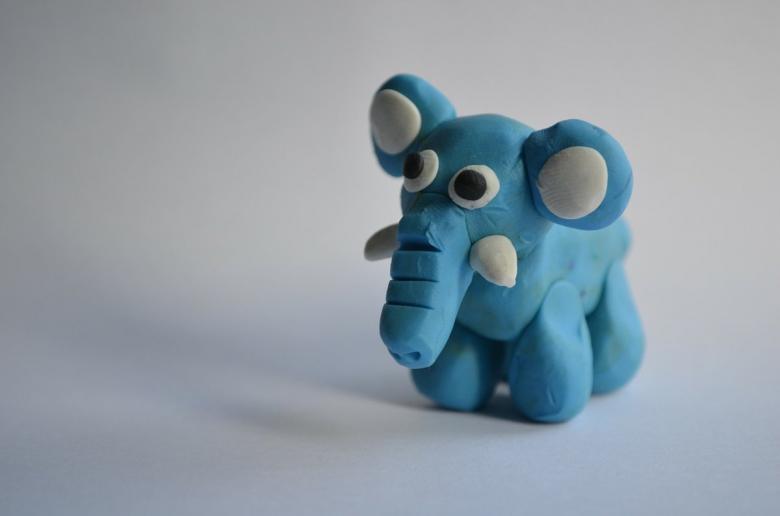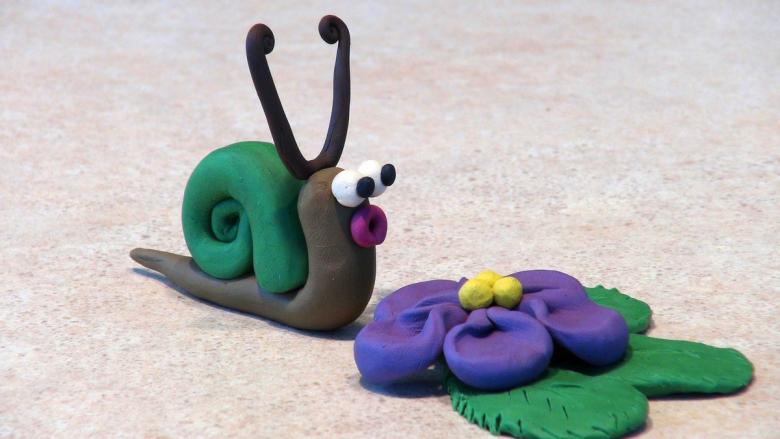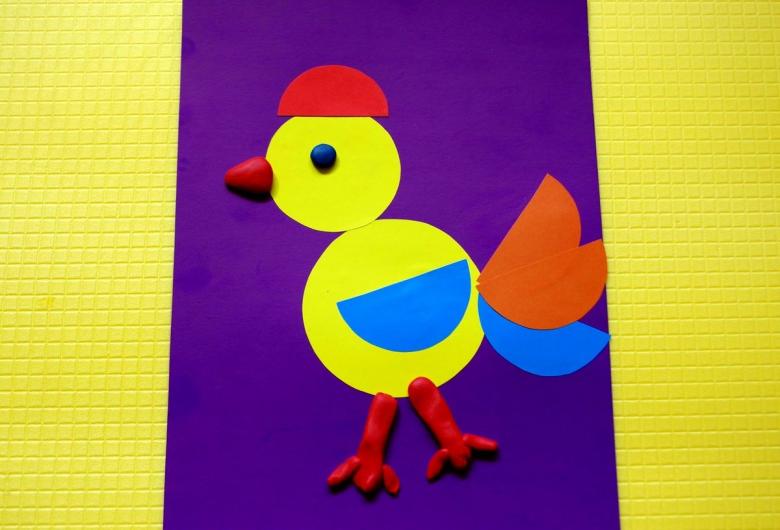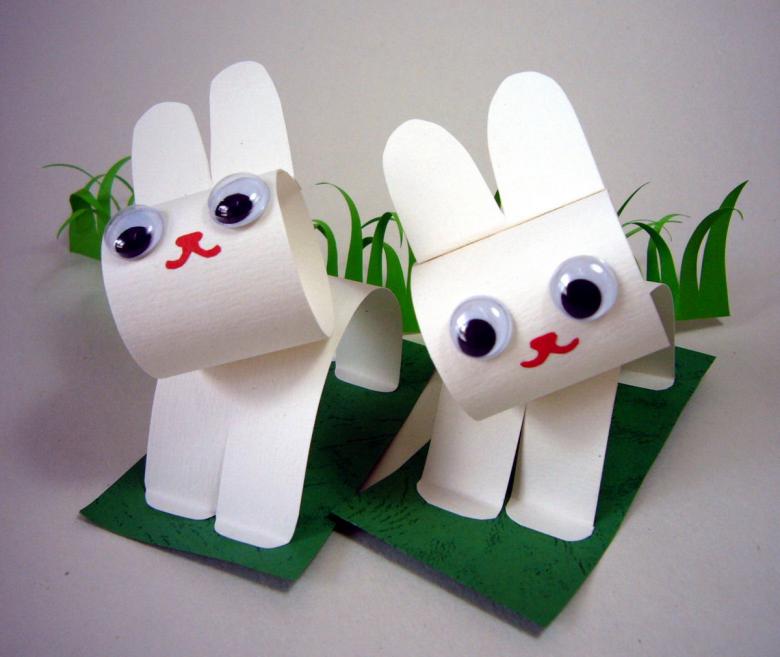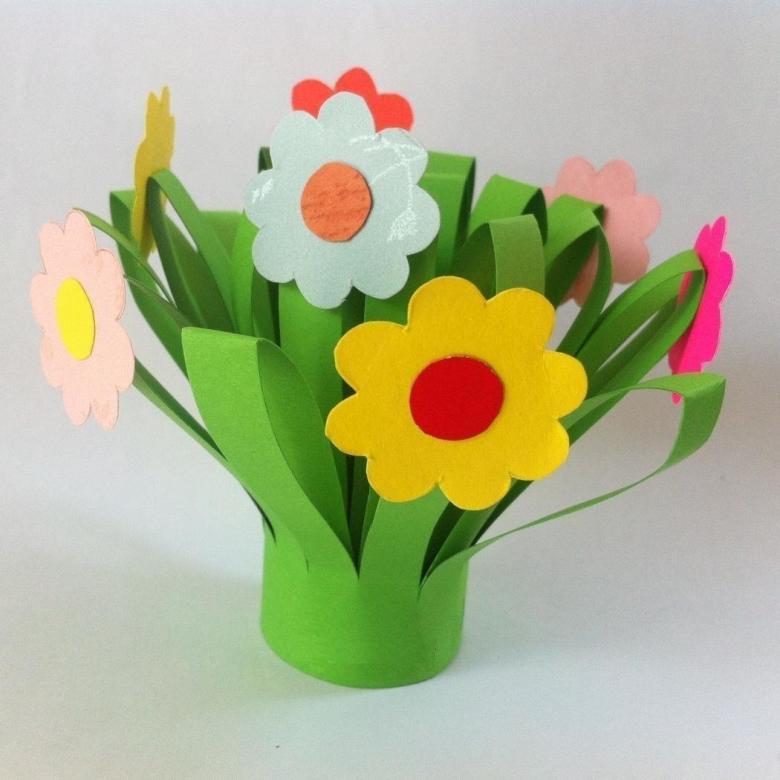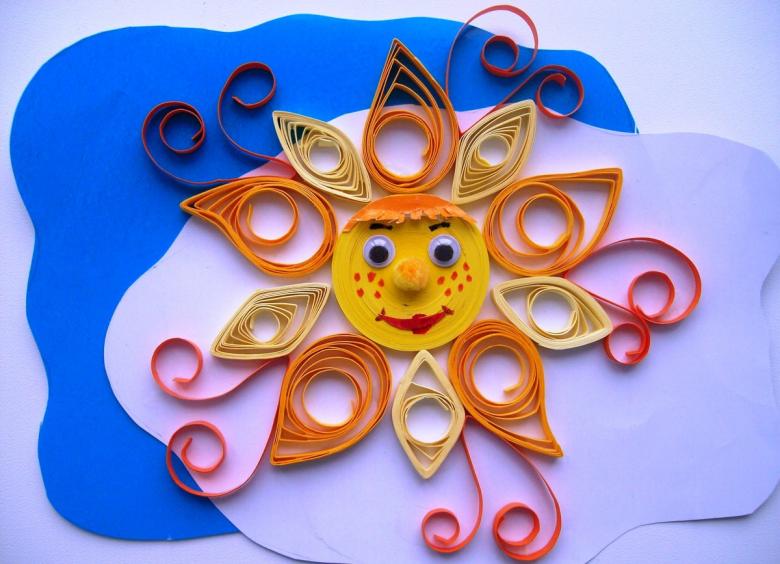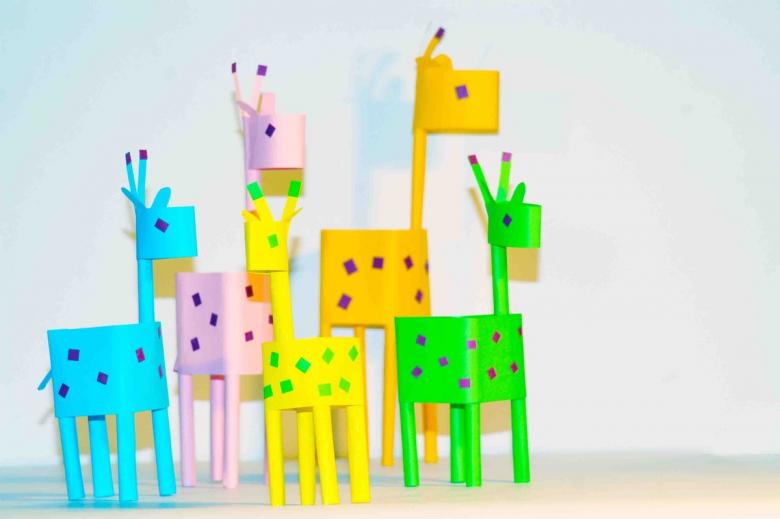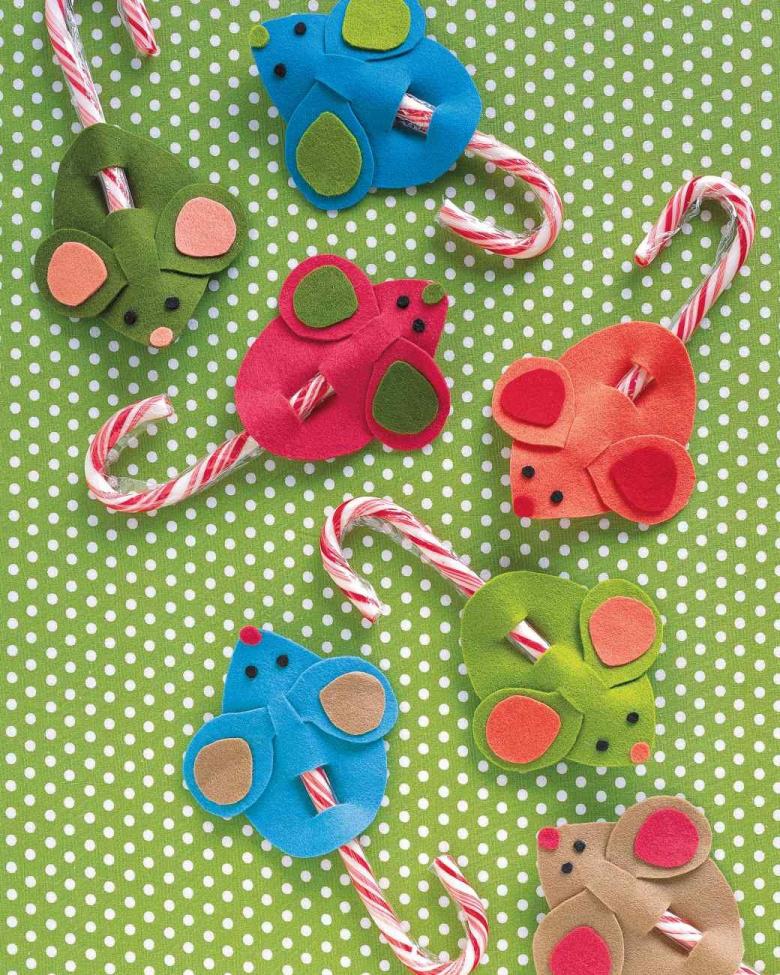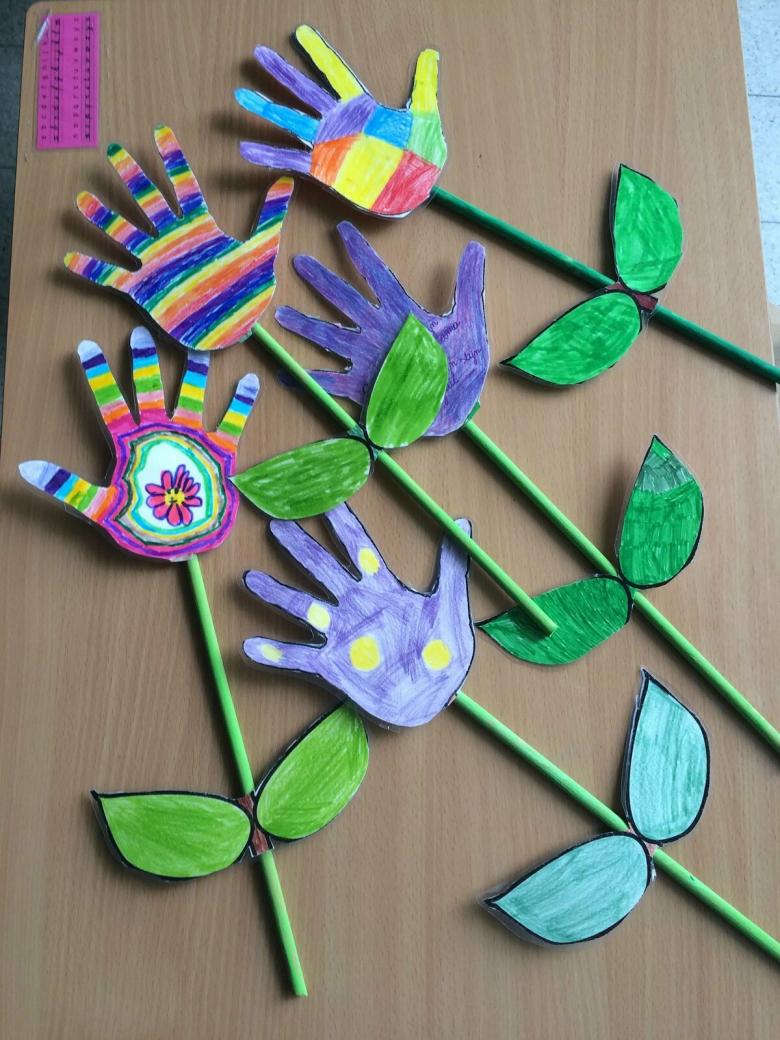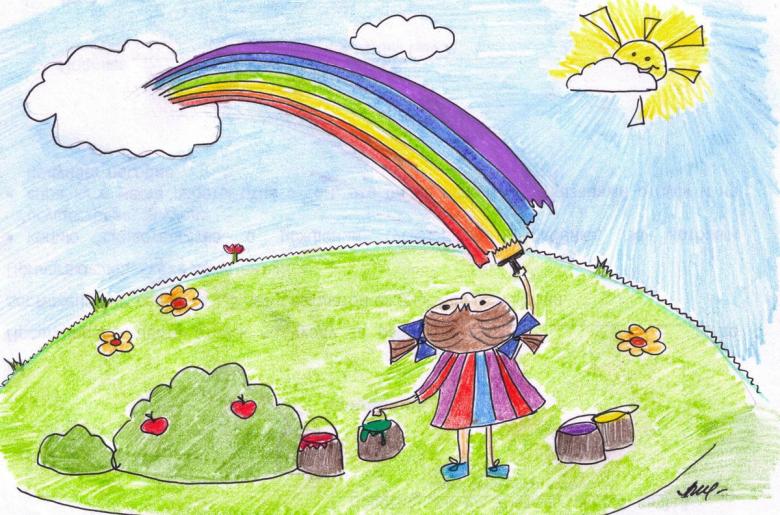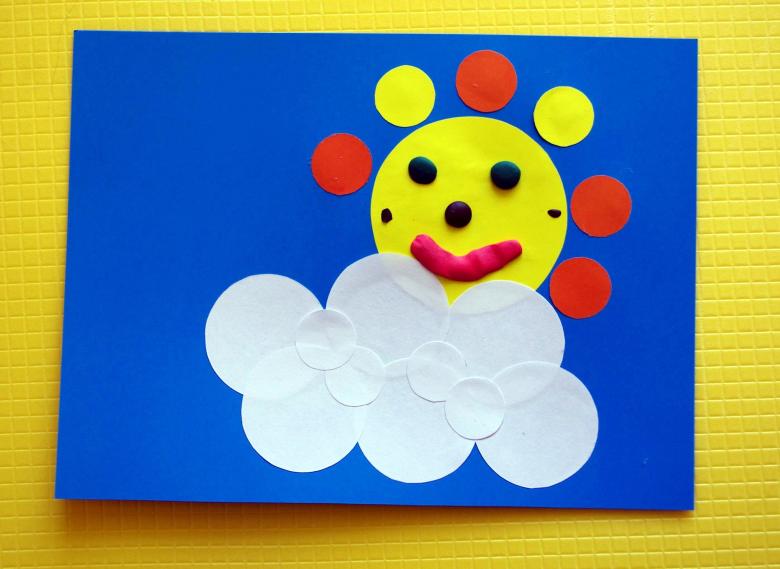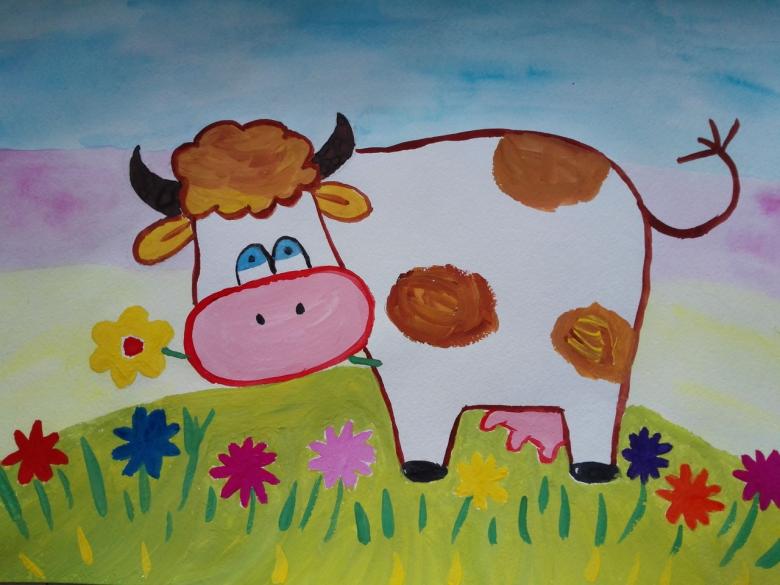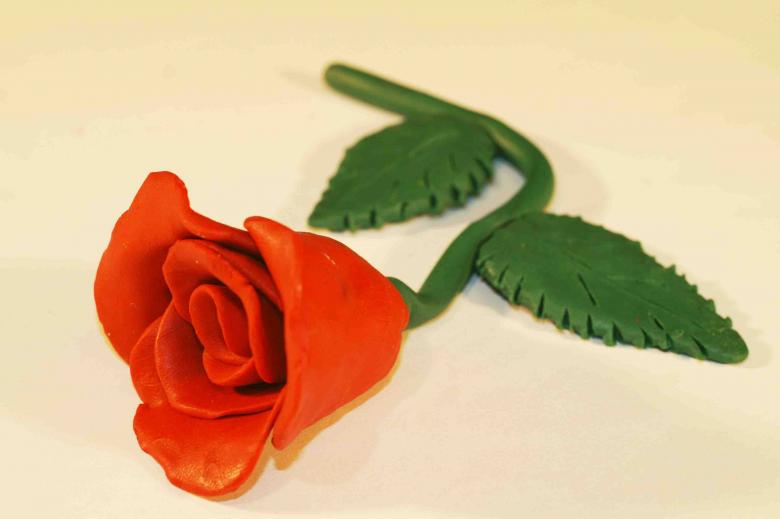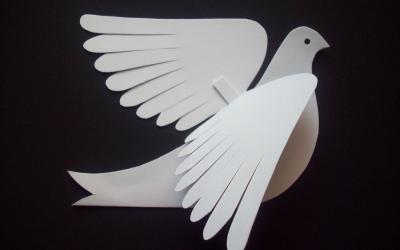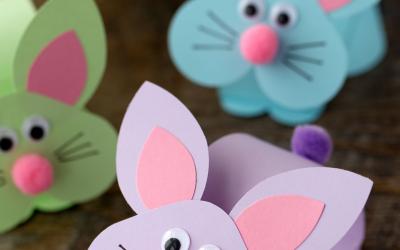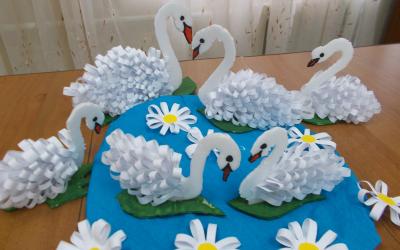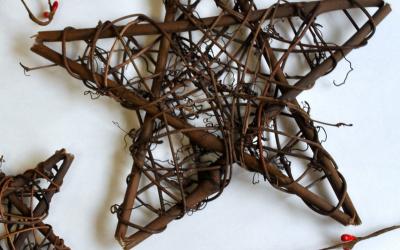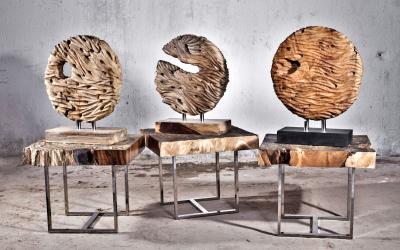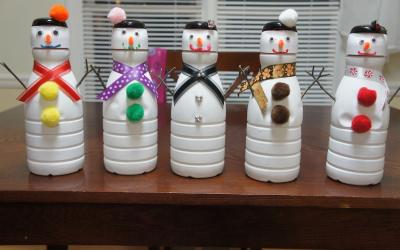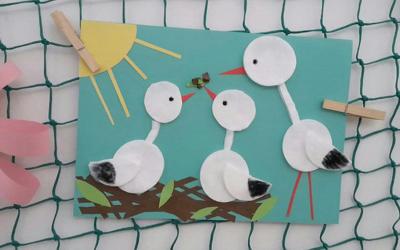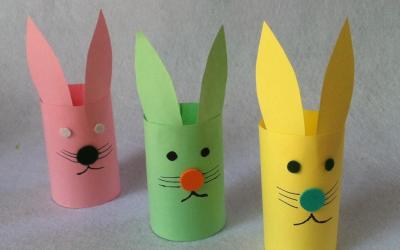Crafts for children 6 years - interesting ideas, useful tips, beautiful photo examples
Preschoolers are easy to learn new things, if it is interesting. Collecting crafts with children can develop fine motor skills and thinking. This is a great way to spend time together and learn new things, and also useful.
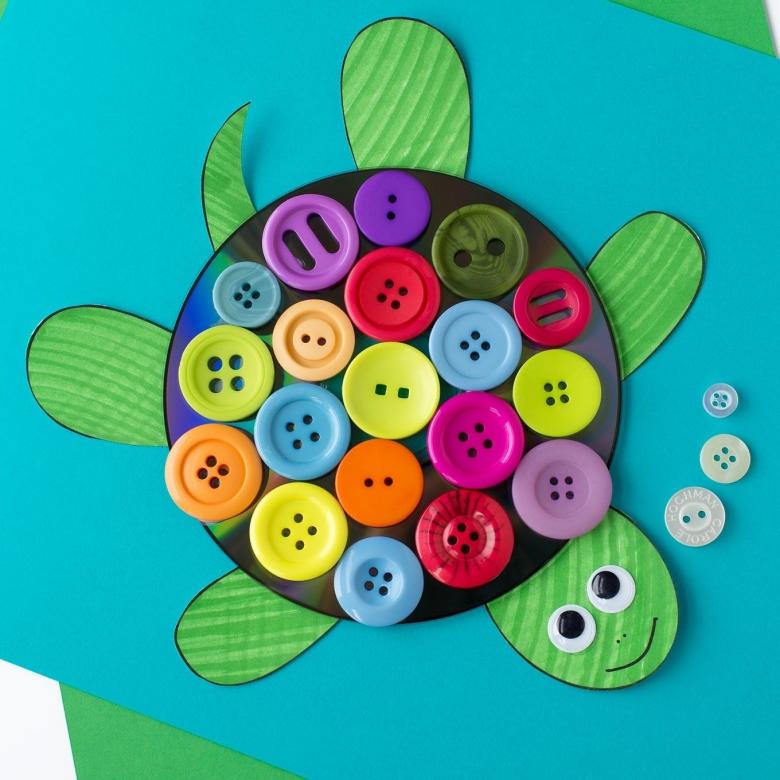
Every mother wonders what better way to occupy the child instead of watching cartoons. The answer is as simple as possible: crafts. If even the child does not like the material he was trying to play with, you can easily find a replacement.
Pros and cons of making crafts
Cons
- Modeling, origami, weaving and other crafts requires financial investment. You will need to buy not only the material itself, but also glue, scissors, brushes, but if you compare it to store-bought toys, these costs are negligible.
- There is a risk of getting clothes or furniture dirty. The child will stain these things at some point, so let it be useful.
- Often children get tired of doing the same thing, so you have to look for alternatives. The good thing is that finding a new activity is very easy.
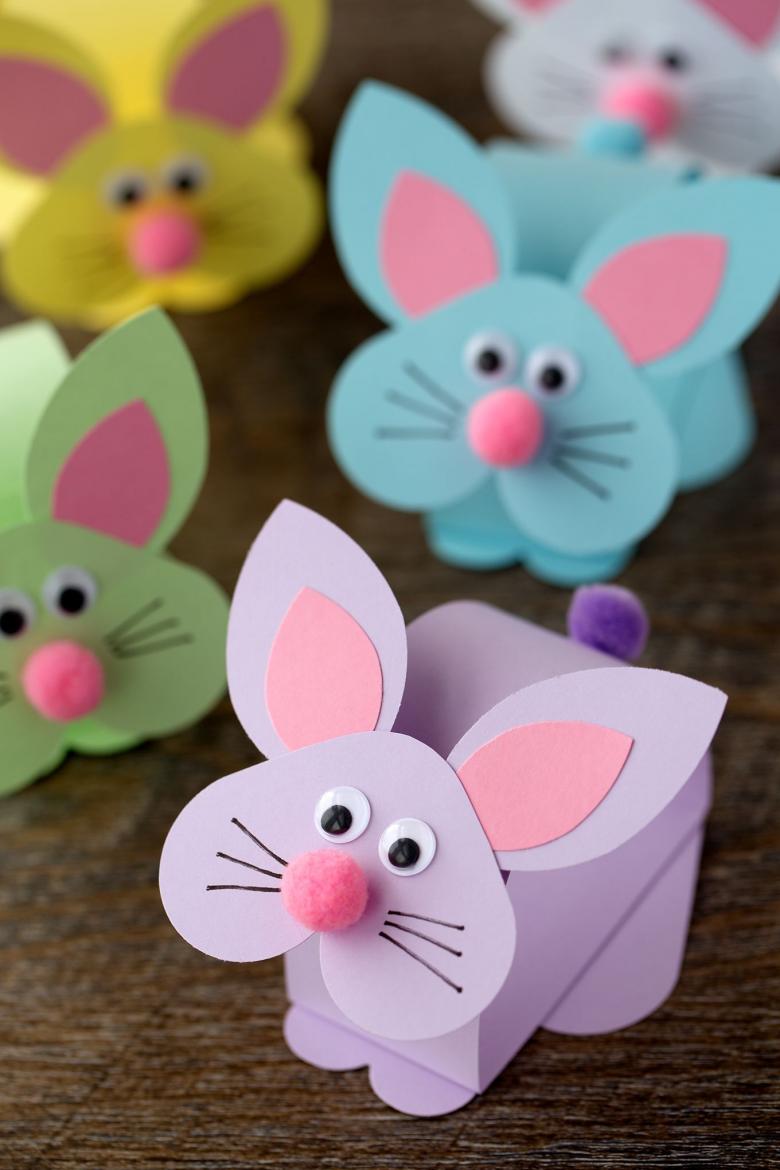
Pros
- Working with your hands and creating new things activates the neighboring centers in the brain, contributing to the development of the child's speech. While a child is doing something with his or her hands, different thoughts and fantasies are running around in his or her head, and the centers responsible for comparing length, width and overall appearance are being triggered. This is very useful for development.
- A great plus for the child and parents, is their joint work, time mother and child should be interesting and exciting and then the baby will want to try new things.

Types of creativity for children
Modelling
Enjoy any child. A variety of materials appear before the kids and using each get to assemble a man or a car. Plasticine, clay, special sand forces the child to think up new crafts and collect them.
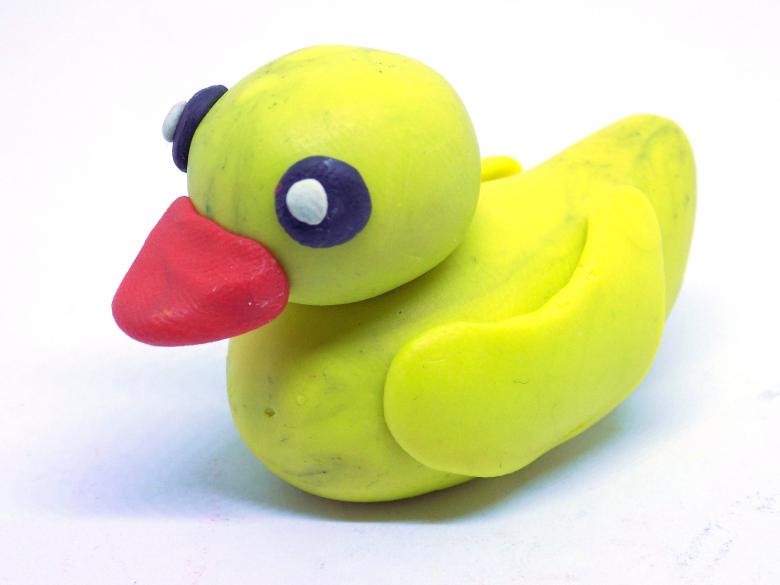
Drawing
This type is great because you can draw everywhere. Draw at home on sheets of paper, draw on crafts, cardboard, blackboard and even on the asphalt. There are tons of materials for drawing. From charcoal to a paint roller.

Weaving
Not suitable for many people, especially for boys. Weaving products using small beads is not recommended, large beads are better suited. This type is great for conveying the feelings of a child to his mother. For mom, he will try and create beautiful crafts. Often children in kindergarten understand that wearing bracelets is cool, so teach your child to weave them.

Applique
For the development of children, this type is great. Paper is used to create cards, frames and even different figures. One of the first gifts for relatives from a child will be just postcards.
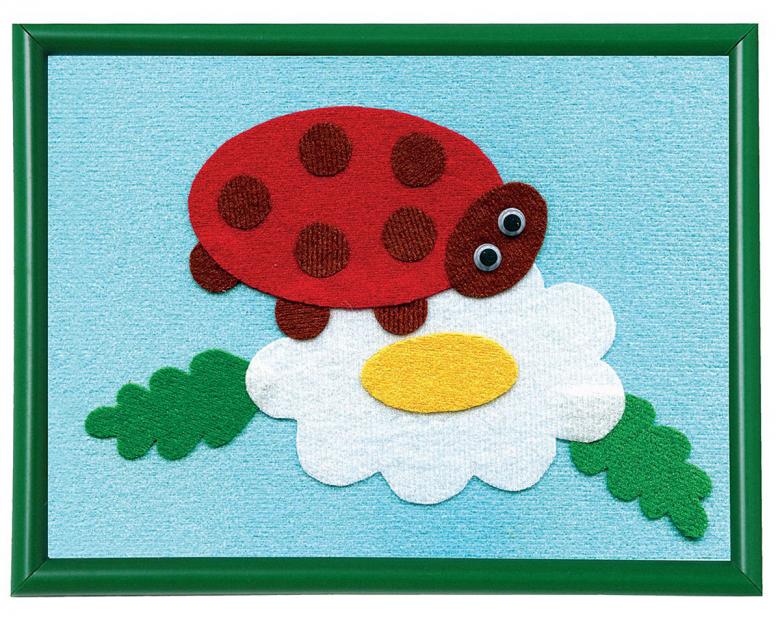
Modeling
The most expensive type of activity for a child. In stores you can buy kits to create an airplane, a train and different cars. The child may like to collect all the instructions and turn the screws.
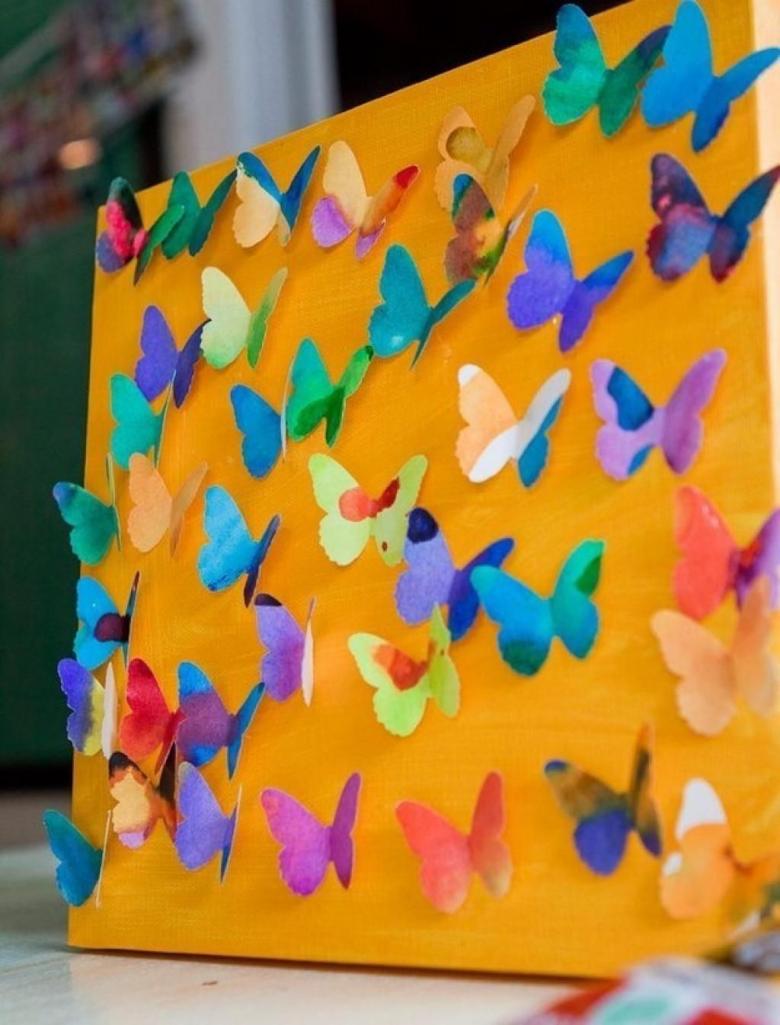
Handmade crafts - interesting ideas
Herbarium
The easiest way to tell a child about plants is to collect a herbarium.
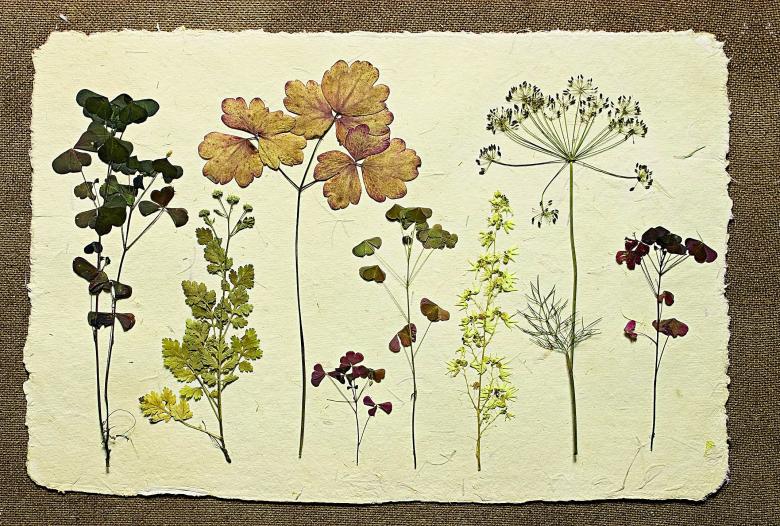
In the fall, trees shed their leaves, plants prepare for winter and it's a great time to collect material. All you need is a book and a place to store the dried plants. While collecting plants you should explain to your child about the kinds, purposes and smells of the future herbarium, this will awaken a desire to look for more and more new flowers and leaves.

Lumps of paper
Take a napkin and demonstrate to your child how to roll the lumps. Tearing paper will obviously appeal to everyone, and learning about the possibility of making beautiful pictures will cause your child to be amazed. Use napkins of different colors, with patterns and different figures. When your child masters lumps, tell them that you can tear paper, creating squares, circles, and other shapes. Use these blanks for a picture.
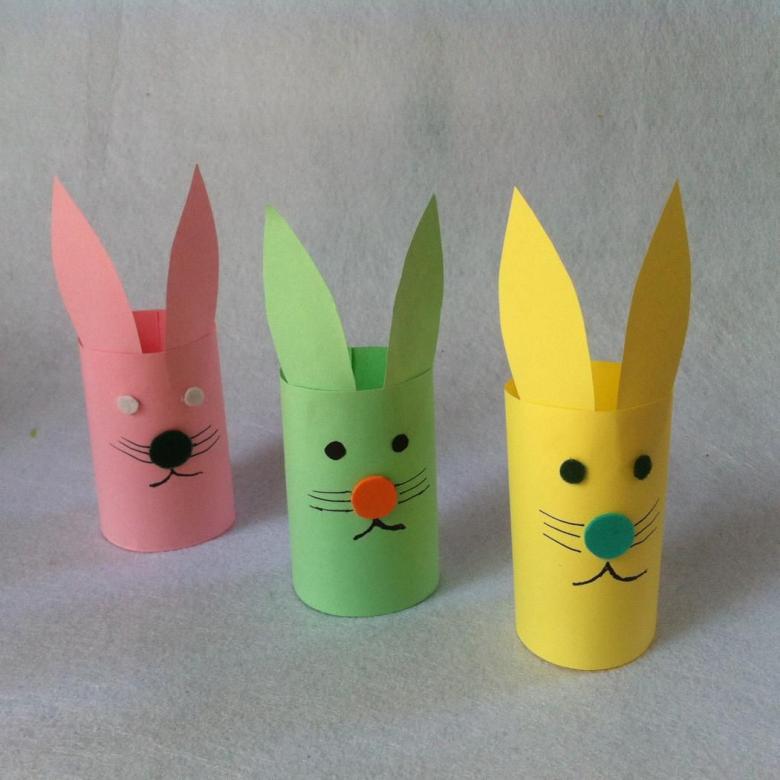
Combining all kinds of crafts
Take a sheet and start drawing on it, draw a beautiful hedgehog for example. The hedgehog should be needles, so glue the seeds. And yet he should have a house, assemble from sticks (toothpicks), a small house. Decorate it with flowers from the herbarium, and the sun can be painted with glitter. With this kind of master class, the child will touch on many kinds of crafts and not use the same method of creation.

The early combination will help the child navigate school in the craft class.

Tips
- Choosing a type of class, do not buy a lot of materials for creativity, perhaps the child will not like doing this activity and all the things you bought will lie idle. It is better to buy a little of everything to find out the wishes and opinions of the child about the crafts. And then come up with an idea of what to do.
- Start with simple and gradually move on to more complex crafts. Learn new things gradually and with enthusiasm.
- Be patient and prepared for failure of the child, at first attempt at handicrafts will not work, but thanks to the help of family children acquire new hobbies.
- In the beginning take all the main part and leave only the most interesting for the child.
- Pay special attention to the time when you first start should not sit for many hours and try to assemble cone craftsIt is better to spend ten minutes on gluing the sequins to the cone, and then another couple of minutes on the creation of the legs of the cone. Thus, the child will not get bored and he will be able to think about further action with the handicraft.
- Crafts should be appropriate to the age of the child, otherwise failures can cause disappointment in his abilities and interest will quickly fade.
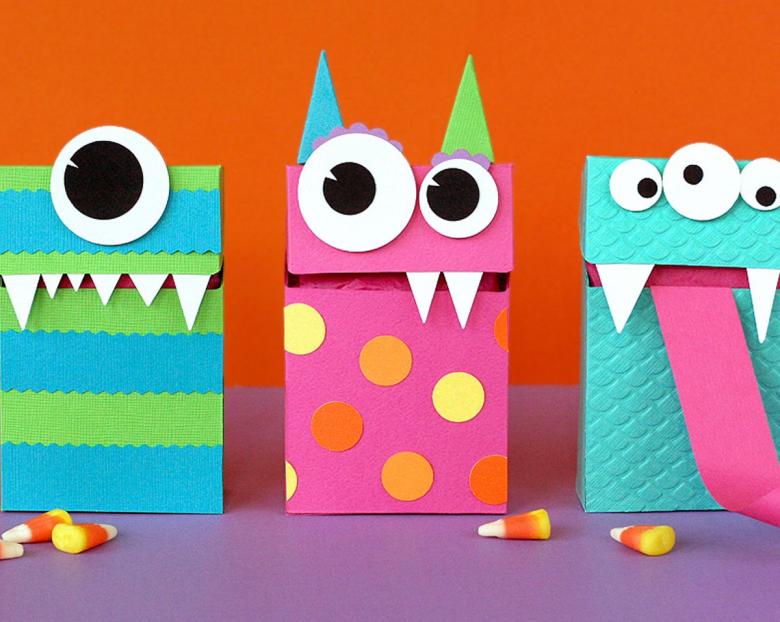
Crafts is a great activity for the child, all family members are engaged in one activity and help the child in his endeavors. Maybe even with the help of crafts the child will want to become a designer or choose another creative profession, and all because you were involved with your child this fascinating business.

It is highly recommended to leave the crafts until the child grows up, many become interested in what they did before and how they did it, if this is not possible, just take pictures of the early crafts. When you notice that the child created something better than before, show him an old craft and emphasize that he is doing better and better. This will cause joy and help the child develop further. This method is recommended by experienced educators and teachers and there are many variations for its execution.


